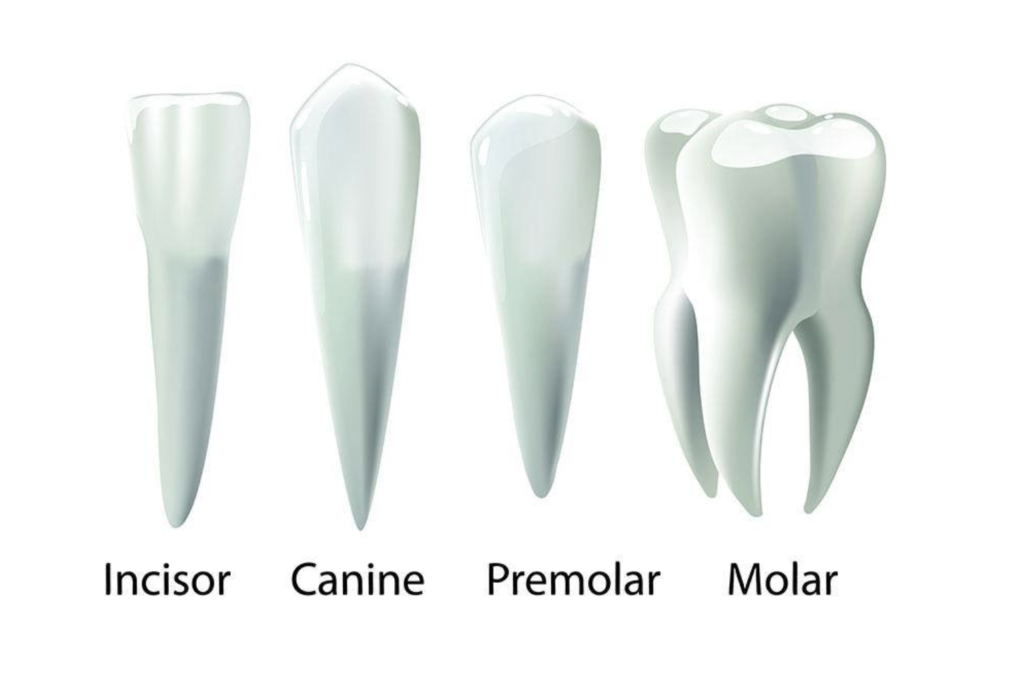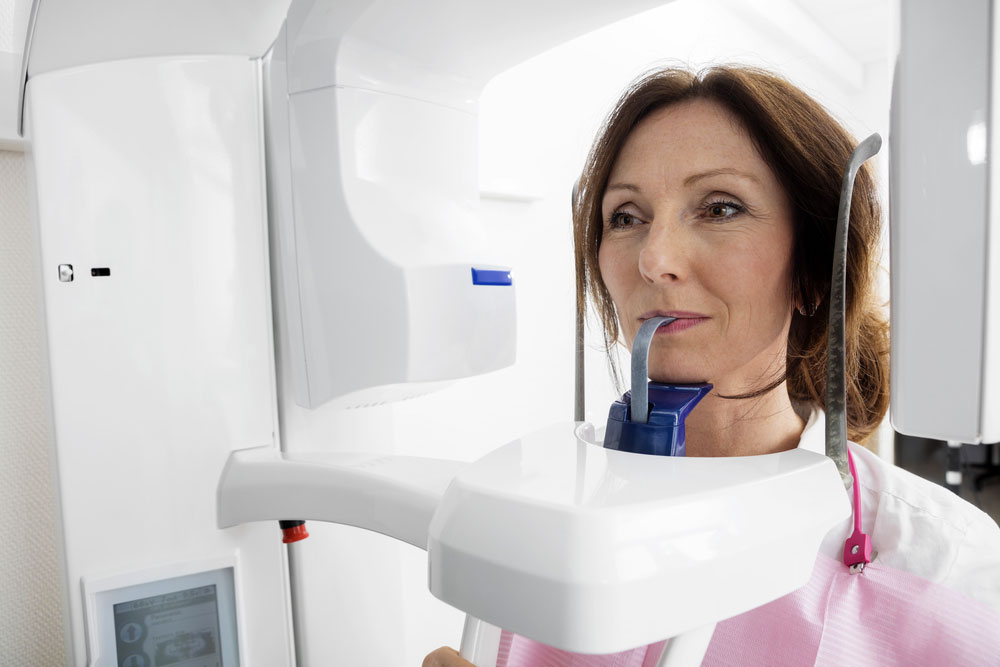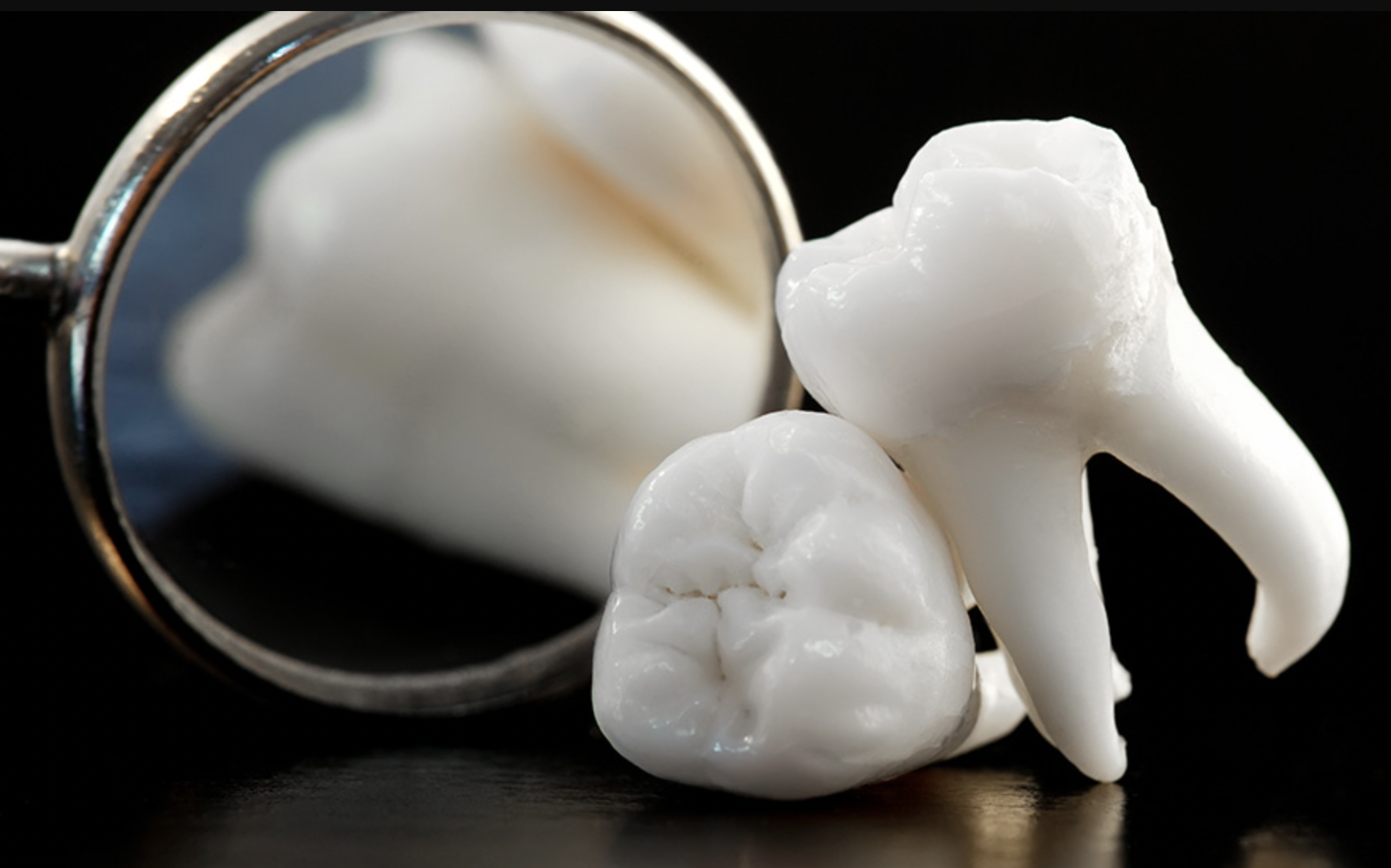Most of us have probably undergone a wisdom teeth removal surgery, and the conversations usually revolve around the pain they can cause or the extraction procedure to remove them. One interesting question that rarely gets the spotlight during the pre-surgery consultation is: How many roots do wisdom teeth actually have?
At first glance, the answer may seem relatively straightforward, just one root like the incisor or canine tooth. However, this is incorrect. The number of roots in a wisdom tooth can vary, but they typically have two or three roots. In rare cases, a patient can have four roots on their wisdom teeth.
Your next question maybe why it matters. Understanding the root structure of the wisdom teeth is important as the complexity of the surgical procedure is significantly increased if there are more roots. In fact, the roots may also be curved, making the extraction much more challenging.
In the rest of this article, we will explore the anatomy of the a wisdom teeth and elaborate more on the roots of a wisdom teeth, including how it complicates the removal surgery. So, if you are someone who have an upcoming wisdom tooth removal, read on to discover why the number of roots your wisdom teeth have is more important than you might think.
Anatomy of Wisdom Tooth
Also known as the third molars, the wisdom teeth are the last set of teeth to emerge. Like all teeth, the wisdom teeth have a distinct anatomical features that make them unique. Let’s take a deep dive into the different components that make up a wisdom tooth:
Component 1: The Crown
This is the part of the tooth you can see when you open your mouth, the part above the gumline. It’s is fully covered in enamel, which is the hardest substance in the human body. The crown of the wisdom tooth is similar to that of other molars, designed for grinding food.
Because of their position far back in the mouth, they often do not have enough room to emerge fully, making them more prone to issues like impaction, misalignment, and decay.
Component 2: The Root
The root is the part of the tooth that sits below the gumline and anchors the tooth into the jawbone. It’s the root structure of wisdom teeth that is of particular interest, especially when it comes to extraction. The roots anchor the teeth into the jawbone and are covered by a layer of cementum, a calcified tissue.
The structure of the roots can vary greatly. Some may be straight, while others may be curved or even twisted. The structure can also be affected by the amount of space available in the jaw and other genetic factors. In rare cases, the roots may be fused together, creating a single, larger root that can make extraction much more challenging.
Component 3: The Pulp
Inside both the crown and the root is the pulp, a soft tissue that contains nerves and blood vessels. The pulp extends from the crown down to the tip of the root. During wisdom tooth extraction, the pulp is usually removed along with the tooth to prevent any possible infection or dental complications.
Component 4: Periodontal Ligament
This is a specialized connective tissue that essentially acts as a shock absorber between the tooth root and the jawbone. During an extraction, this ligament needs to be carefully separated to free the tooth and prevent damage to the jawbone.
Understanding the anatomy of your wisdom tooth, particularly the root structure, provides valuable information for planning a successful extraction procedure. It allows oral surgeons to anticipate potential challenges and helps you, the patient, to have more informed discussions about your dental health.
You may be interested in: Why It’s OK To Be Scared of Dying During Wisdom Teeth Removal
Number of Roots in Wisdom Teeth
When discussing wisdom teeth, the number of roots each tooth has becomes a point of concern for oral surgeons who are planning for an extraction procedure.
Typically, the upper wisdom teeth (in the upper jaw), usually have three roots. These roots are often in a tripod-like arrangement, giving the tooth a stable base in the jawbone. On the other hand, the lower wisdom teeth, located in the lower jaw, most commonly have two roots. These are generally situated in a front-back orientation, although variations do occur from patient to patient.

In some cases, patients may have more than three roots in their wisdom teeth. These extra roots are known as supernumerary roots, and can create challenges for the oral surgeon during the extraction process.
In other cases, the roots may fused into a single, larger root. This abnormal root can can increase the complexity of the extraction as a larger, fused rot is much more difficult to remove than individual, separate roots.
Roots and Surgical Complexity
The number and structure of roots in a wisdom tooth directly influence the approach an oral surgeon will take during an extraction procedure.
For a typical wisdom tooth with the standard number of roots, the extraction process is relatively straightforward, especially if the roots are straight and not curved. Oral surgeons are well-trained in handling these ‘textbook’ cases, and they usually involve a quicker procedure and recovery time for the patient.
In cases where there are supernumerary roots, more cuts must be made and more bones must be removed, increasing the length of the surgery. Additionally, extra roots can sometimes be located close to sensitive facial nerves, adding another layer of complexity and risk to the procedure. These type of surgical procedure is typically done by oral surgeons with years of surgical skill and experience.
You may be interested in: Can a Wisdom Teeth Fall Out Naturally On Its Own?
When the roots are fused together, the larger root size may require more bone removal to free the tooth. The fused roots are also unpredictable in shape, necessitating a more careful and time-consuming approach to avoid damaging adjacent teeth or nerves.
In addition, the wisdom teeth removal surgery may be further complicated if the roots are twisted or curved; specialized surgical techniques and instruments may be required to safely extract the tooth.
Determining the Number of Roots
There are multiple ways an oral surgeon can find out the number of roots a wisdom teeth have, and a combination of the different diagnostic techniques is used. It is crucial that an accurate knowledge of the patient’s root structure is known as it can determine the surgical approach as well as the risk involved.
The most common form of imaging is dental X-rays, specifically periapical or panoramic X-rays. It provides a two-dimensional image of the teeth, including the roots. While X-rays can often give a good initial idea of the number and general orientation of roots, they can sometimes be limited in showing the full extent of each root’s structure, especially if they are curved or fused together.

For a more detailed and three-dimensional (3D) view, a cone-beam computed tomography (CBCT) scan may be used. This advanced imaging technique provides a 3D representation of the tooth, offering a much clearer picture of the number of roots and their specific orientations. CBCT scan is typically used if the dental X-ray determined that the roots may be twisted or fused.
Last but not least, a physical, intraoral examination will be conducted by your oral surgeon. This is to assess not only the overall dental health but also the condition of the wisdom teeth and the surrounding tissue. This is typically done after the dental X-rays and CBCT, and helps the surgeon to interpret the imaging results and scan more accurately.
After the scan and examination, your oral surgeon will discuss with you the results as well as the surgical approach to the removal of the wisdom teeth. The discussion will involve an explanation of how the root structure may increase the complexity of the extraction procedure.
Closing Thoughts
Understanding the roots of wisdom teeth may seem like a niche topic that you don’t need to know. But as we’ve seen, it’s an aspect that holds significance if you are looking to remove your wisdom teeth.
For oral surgeons, understanding the number and structure of roots can determine the complexity of the extraction procedure and the surgical techniques employed, For patients, know about the structure of our wisdom teeth can help us engage in more informed discussions with our healthcare providers.
So the next time you find yourself in a conversation about wisdom teeth, you’ll have more to talk about than just the discomfort they often cause or the ice cream diet that follows their extraction!




